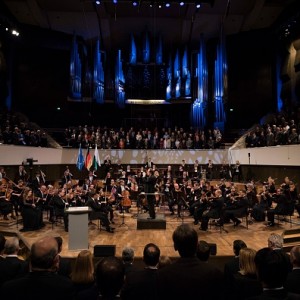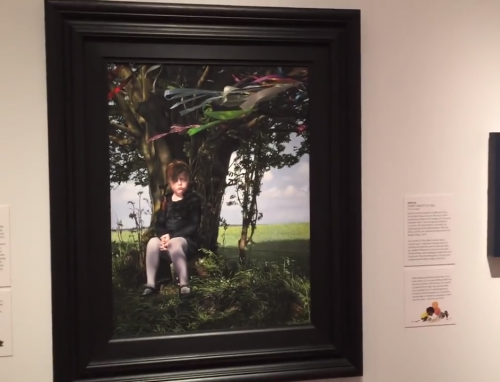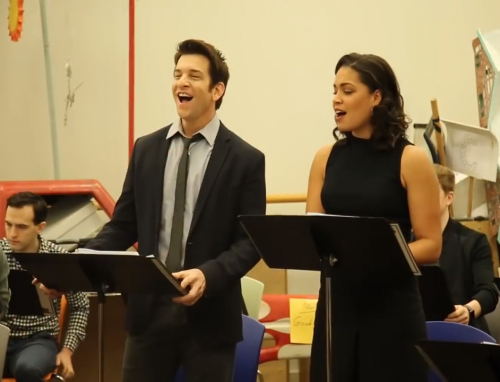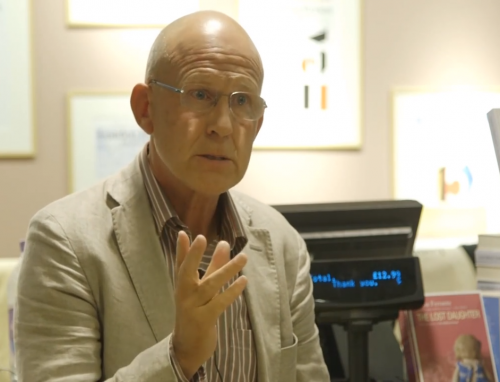London Of The British Literature Remains The Same Even After 200 Years
Despite the rich history of London, most people have a somewhat fixed image of the England capital. Thanks to the city's numerous mentions in various publications, the modern and real London remains hidden behind the London of Literature.
According to Atlas Obscura, the Literary Lab of London has come out with a unique project that involves 4862 works of British Literature. It is a work of "fictional geography" that creates a map using the literature that was published between 1700 and 1900 AD. The virtual or fictional London was small in comparison to that of the real London which expanded with the course of time. The fictional part comprised of the historic city center and wealthy west end of the city.
Through "digital literary photography", the masterminds behind the London project came out with newer strategies. Developed at Stanford's Center for Spatial and Textual Analysis, the digital literary photography helped to explore places in British literature by the use of algorithms and other digital tools. A team was built up with hundreds of undergraduate research assistants and grant and project managers. Hundreds of historical locations in London were identified by them by relating proper names from the pile of historical texts. The final outcome is a whopping 15000 passages including thousands of texts.
In accordance with the data supplied by the Literary Lab, the result was measured through a series of images depicting the growth of urban density in 1682 London compared to that of the density in 1896. The literary London locating was not the only thing the Stanford scholars were interested in, they also took an initiative to measure a number of emotions of the literary texts on London to see how the relationship between place and emotion was reflected in nature.
In order to create a data set of place and emotions, the team attached 200-word passages centered on certain names of places. 20 people were kept to read every passage. Researchers observed that two-thirds of human readers are emotionally unbiased. The data received was mapped onto an 1899 map of London including data on class and poverty. Interestingly most of the passages with positive emotions were a part of the posh West End or similar areas, while the negative emotions featured more in the neighborhood of places termed as "struggling" in 1899.
Fear and happiness are emotions that tend to be quite subjective and individualistic. The economy class geography suppresses them according to the geography of their emotions. This is by far a revolution made by "digital literary geography" in order to map the emotions of the real London.
© 2025 The Classical Arts, All rights reserved. Do not reproduce without permission.TagsLondon, British, Literature, Research, Mapping










